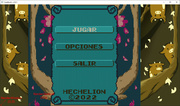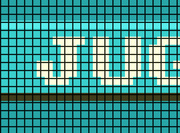Hi, I have a rather strange question.
I will try to explain what I need.
I have a friend who streams games to youtube, he currently uses the settings window of an emulator called Dolphin to capture his gamepad input and stream it to youtube.
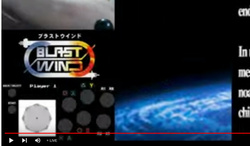
With SFML (Core net 6 and SFML 2.5.0) I programmed an application that did the same thing, but was prettier.
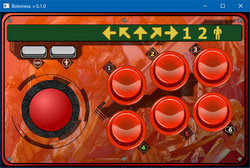
To transmit, he uses the OBS program that allows him to capture the windows of the different applications, he normally transmits playing in full screen and the Dolphin window (the program he currently uses to capture the inputs of the gamepad) stays in the background and works without problem .
My application works even if the window does not have the focus, even SFML does capture the input of the gamepad while it is in the background (having the game in full screen).
I know this because I programmed a log every time an input was detected.
The problem is that visually SFML does not update while in the background, in the OBS stream, you see only the static image.
I understand that SFML is not meant to run in the background and this is a pretty weird application.
But is it possible to get SFML to refresh the windows while in the background?
If not, do you know any other way to do it?
EDIT:
I just noticed something similar, if you put the window created by SFML cut in the middle of one of the sides of the desktop.
The thumbnail generated by windows 10 only updates the part of the SFML window that is visible inside the script.
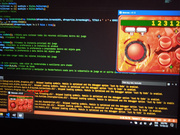
sorry for the blurry image, but I couldn't find a way to capture the thumbnail if it wasn't with a photo from my cell phone.



